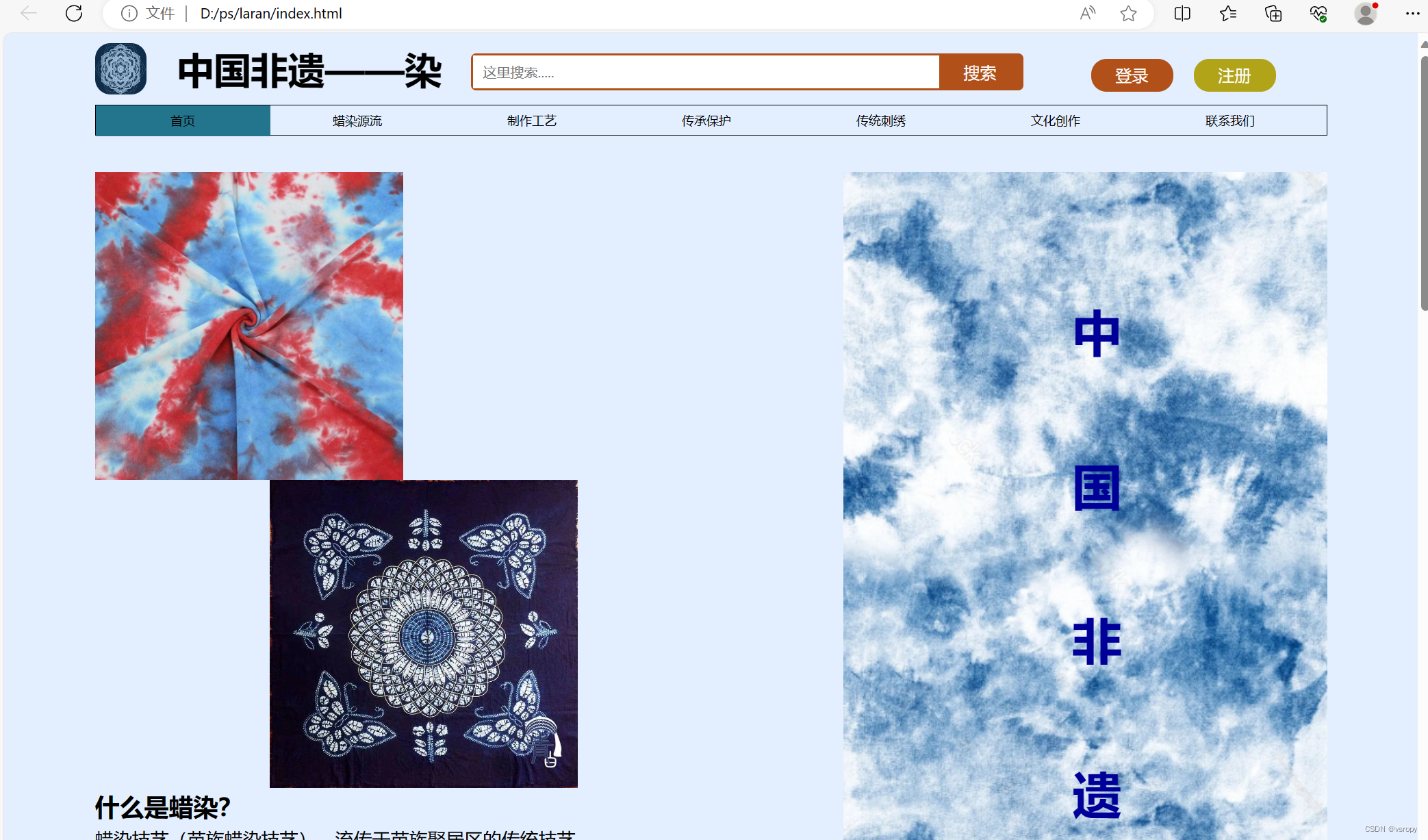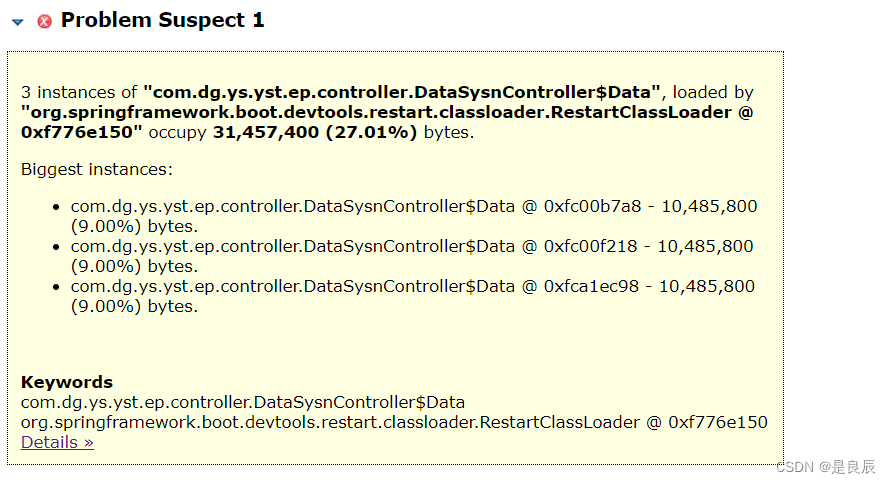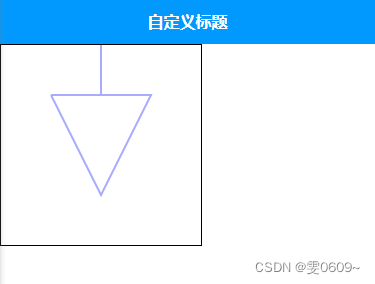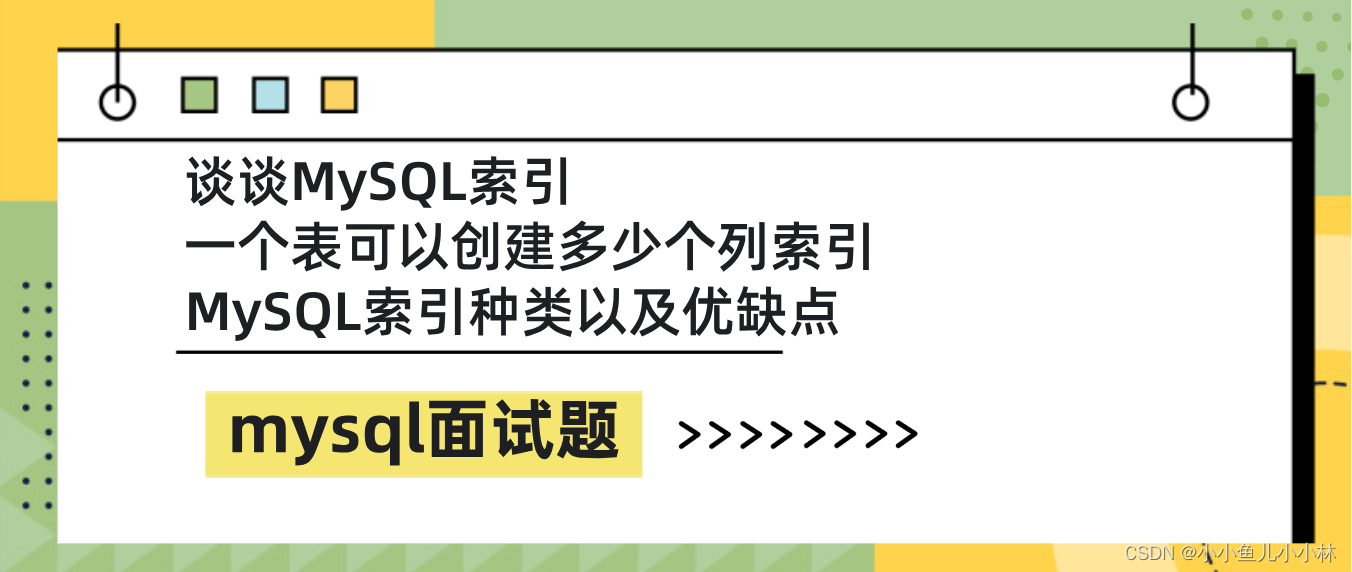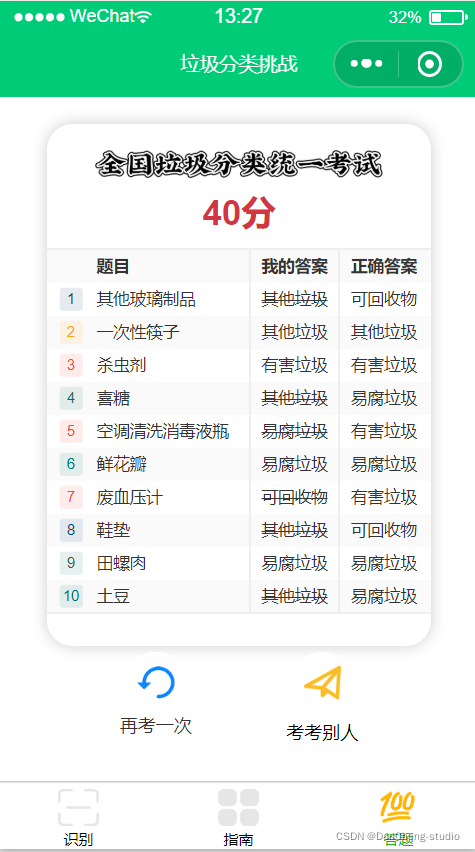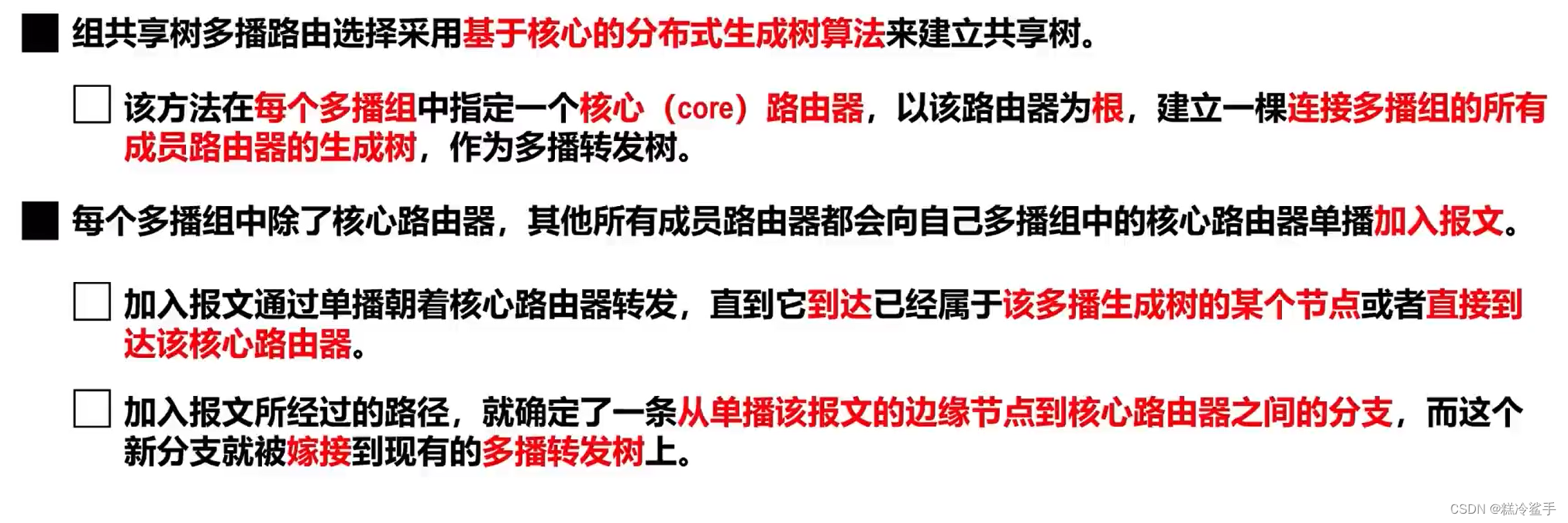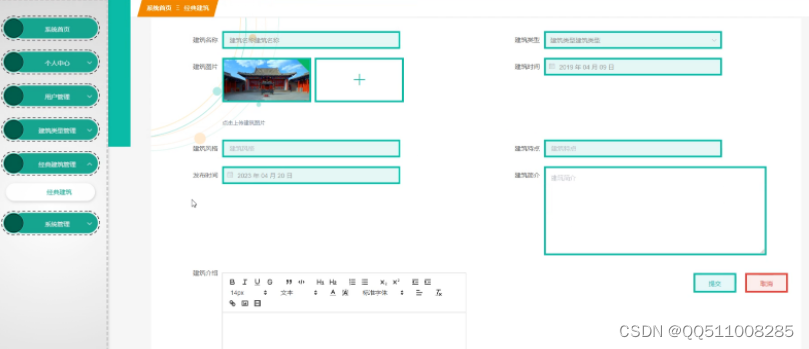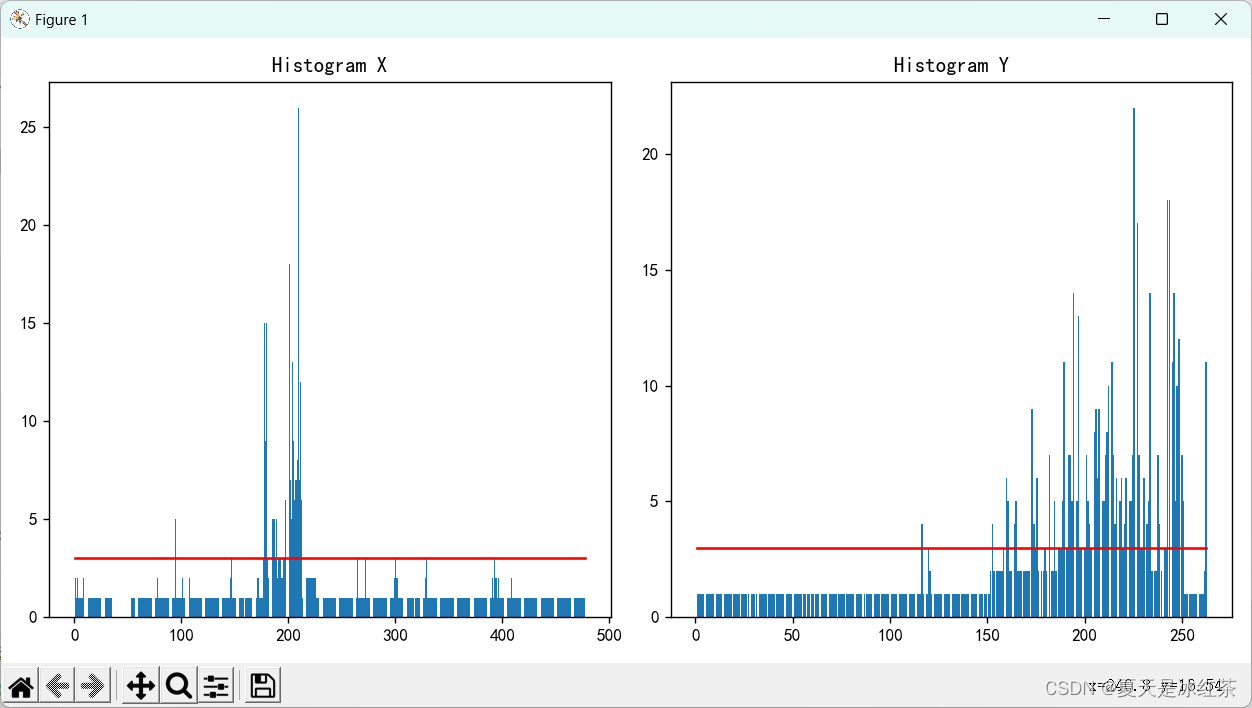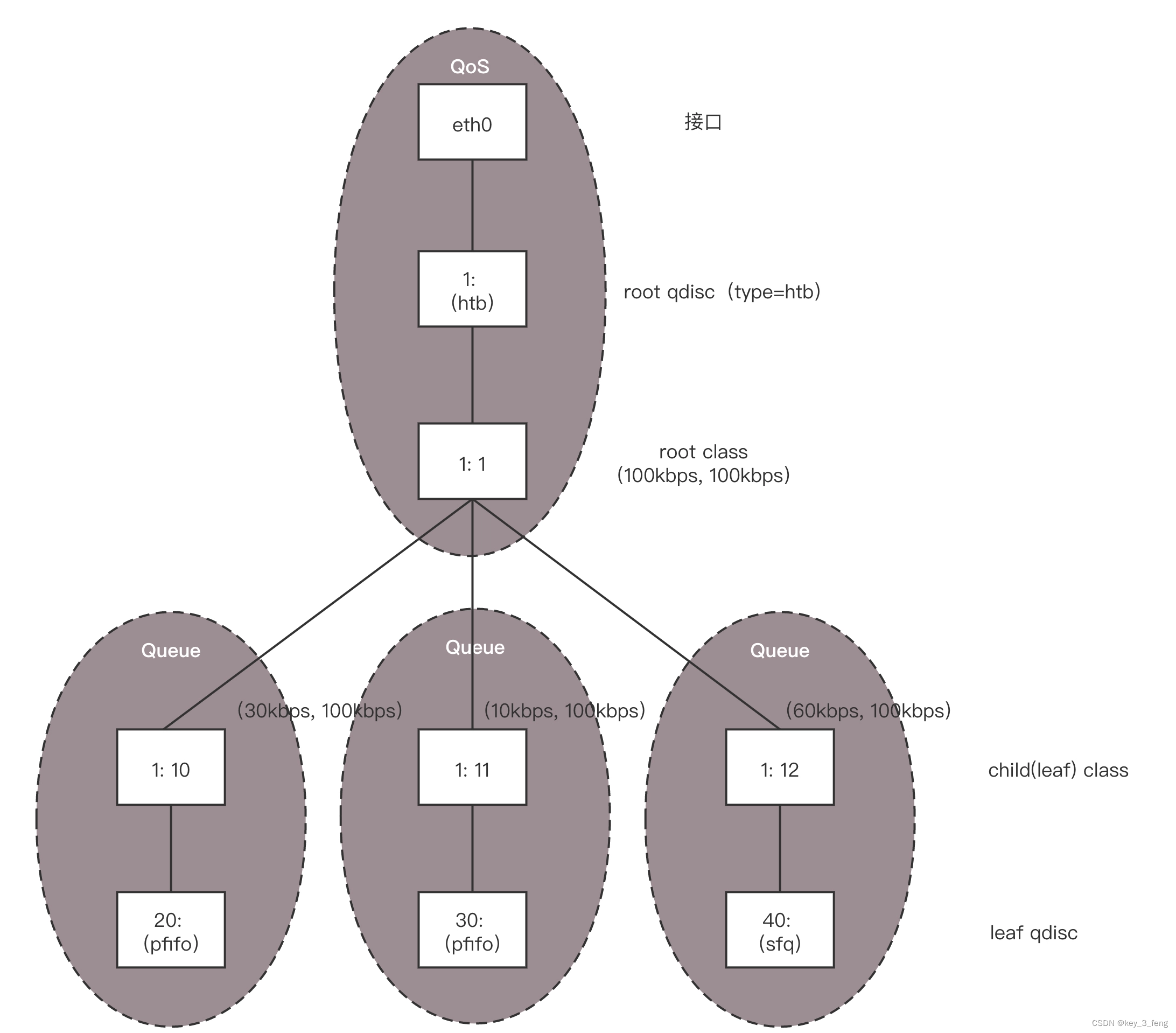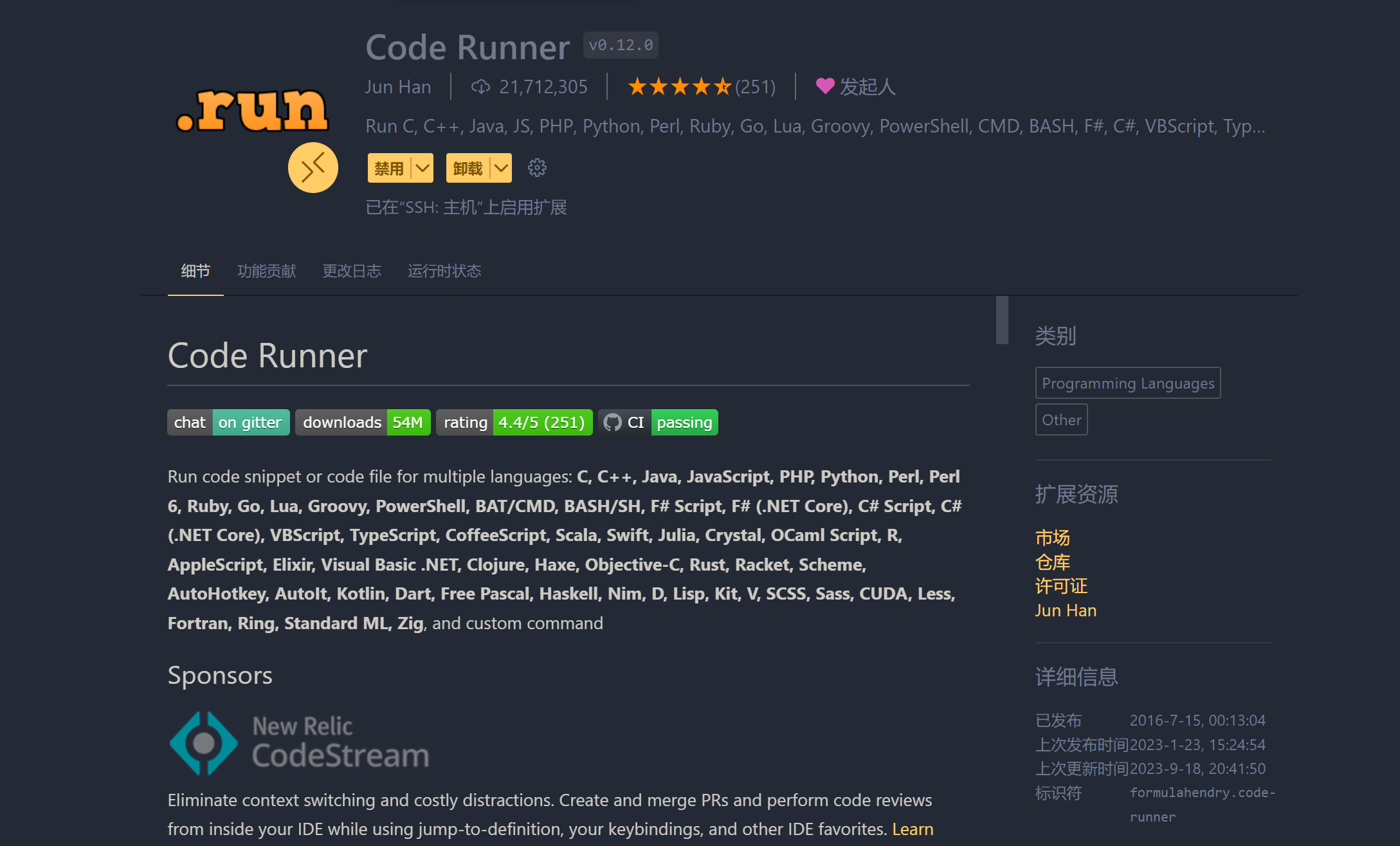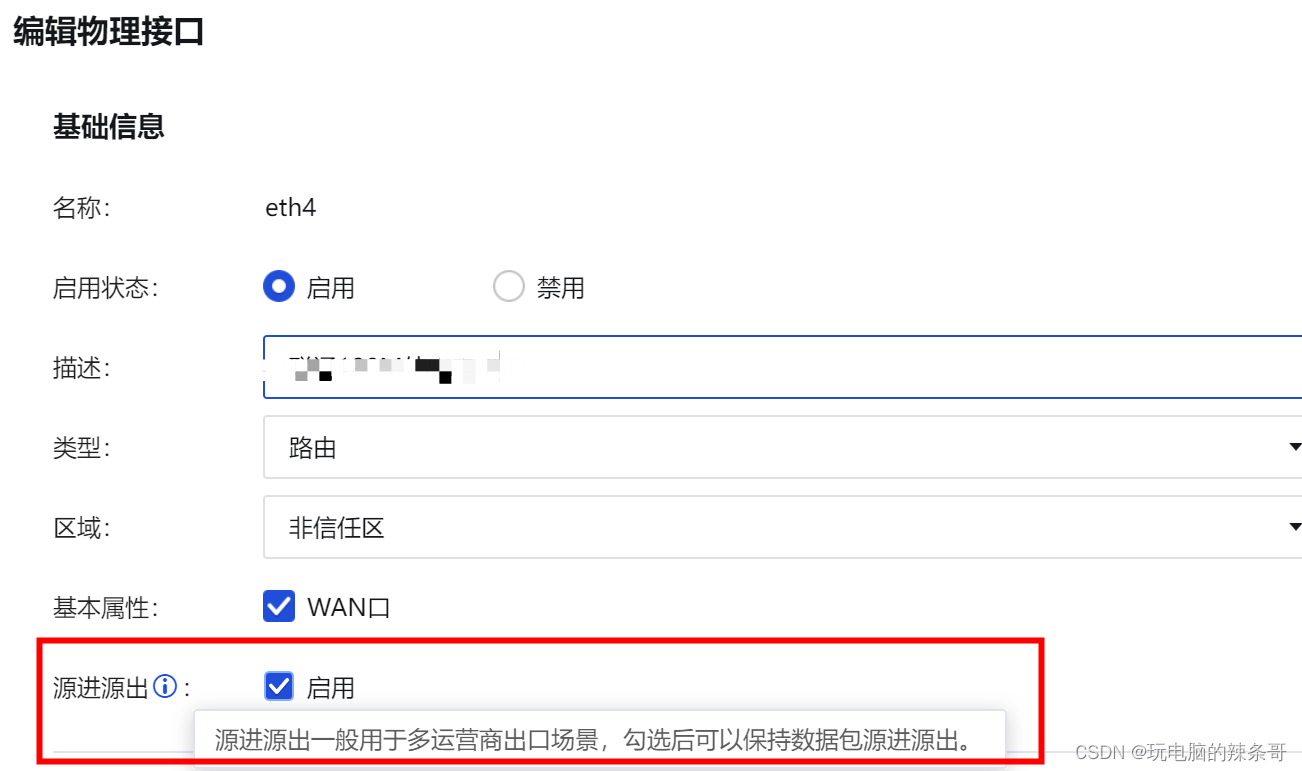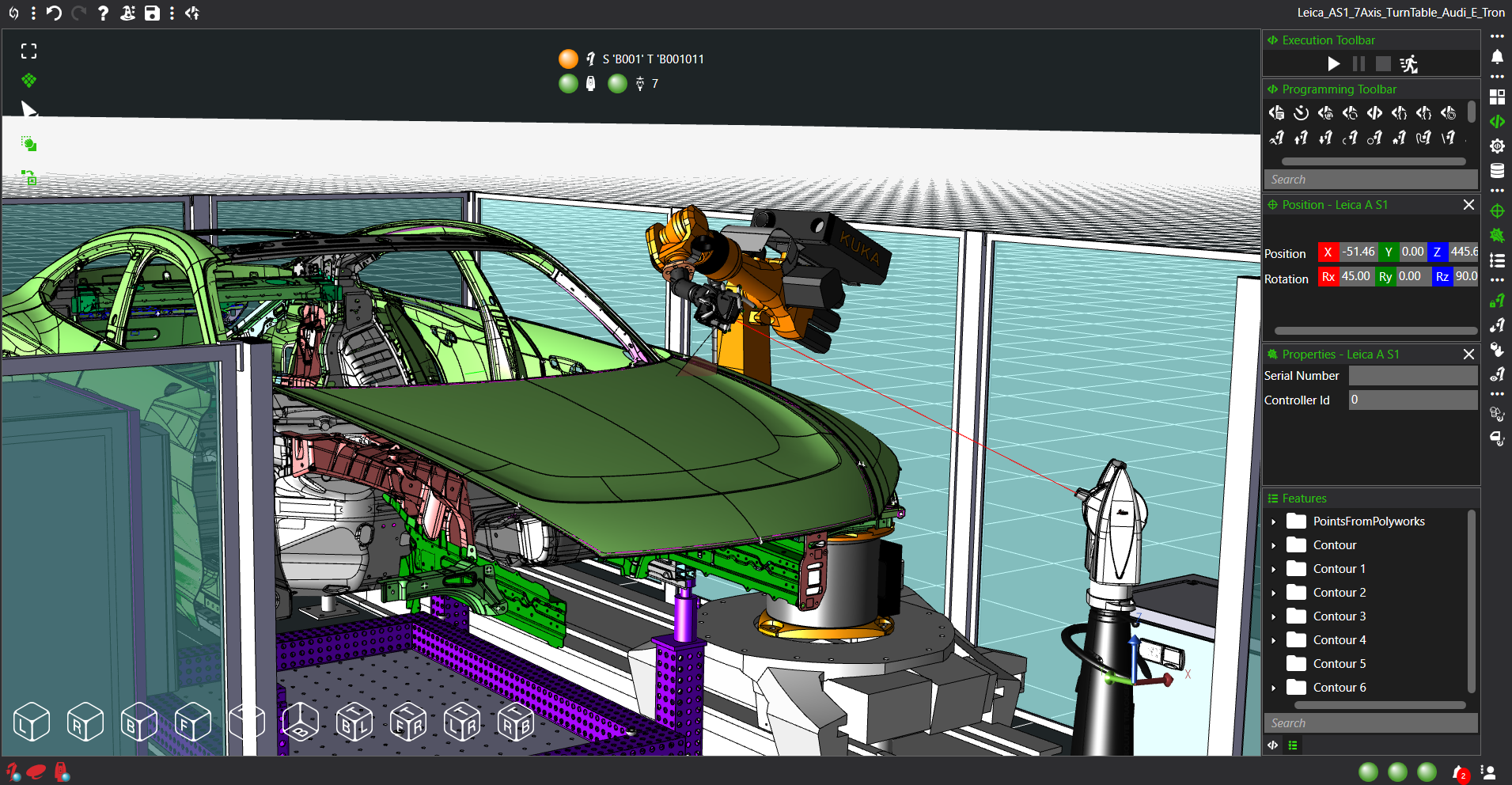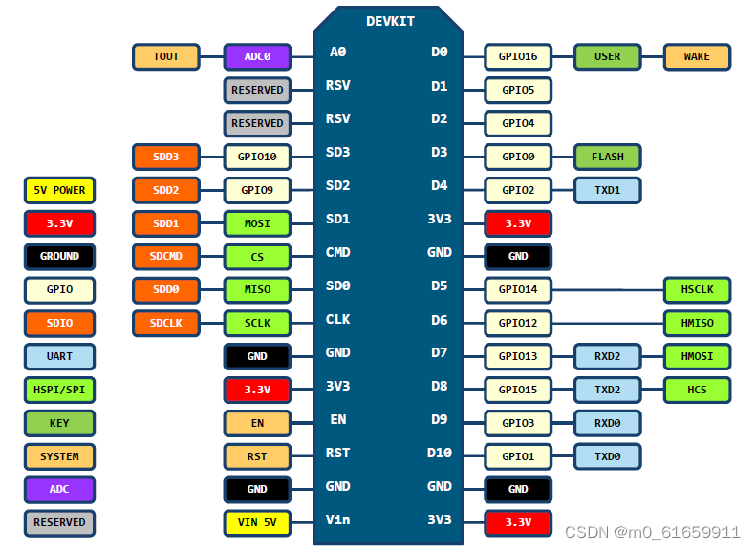ORM和Mybatis(Plus)介绍
-
ORM(Object Relational Mapping 对象关系映射)即映射程序中的对象和数据库中的数据。
-
MyBatis是一款优秀的数据持久层ORM框架,能够非常灵活地实现动态SQL,可以使用XML或注解来配置和映射原生信息,能够轻松地将Java的POJO(Plain Ordinary Java Object,普通的Java对象)与数据库中的表和字段进行映射关联。
-
MyBatis-Plus是一个 MyBatis 的增强工具,在 MyBatis 的基础上做了增强,简化了开发
Mybatis快速上手之查询所有用户
构建项目


然后删除目录demos。
准备表环境

注意id要设置为自增。
导入依赖

<!--mybatisPlus依赖-->
<dependency>
<groupId>com.baomidou</groupId>
<artifactId>mybatis-plus-boot-starter</artifactId>
<version>3.4.2</version>
</dependency>
<!--mysql依赖-->
<dependency>
<groupId>mysql</groupId>
<artifactId>mysql-connector-java</artifactId>
</dependency>
<!--数据连接池druid-->
<dependency>
<groupId>com.alibaba</groupId>
<artifactId>druid-spring-boot-starter</artifactId>
<version>1.1.23</version>
</dependency>
application.properties配置
server.port=8080
spring.datasource.type=com.alibaba.druid.pool.DruidDataSource
spring.datasource.driver-class-name=com.mysql.jdbc.Driver
spring.datasource.url=jdbc:mysql://localhost:3307/mydb?useSSL=false
spring.datasource.username=root
spring.datasource.password=123456
mybatis-plus.configuration.log-impl=org.apache.ibatis.logging.stdout.StdOutImpl
在启动类添加@MapperScan注解
@SpringBootApplication
@MapperScan("com.example.mybatisplusdemo.mapper")
public class MybatisplusDemoApplication {
public static void main(String[] args) {
SpringApplication.run(MybatisplusDemoApplication.class, args);
}
}
注意MapperScan中要加得是mapper包的全包名
即"选中mapper包"->“复制路径/引用”->“复制引用”

添加实体类、mapper接口和控制器方法
实体类User
在类里添加如下字段后,自动生成getter和setter方法和toString方法
(注意光标要在User类的大括号里,右键找到“生成”才能看到这些方法)
private int id;
private String username;
private String password;
private String birthday;
mapper接口UserMapper
对应mapper接口UserMapper
@Mapper
public interface UserMapper {
//查询所有用户
@Select("select * from user")
public List<User> find();
}
注意这里如果user报红是没有关系的。
控制器方法UserController
@RestController
public class UserController {
@Autowired
private UserMapper userMapper;
@GetMapping("/user")
public List<User> query() {
List<User> list = userMapper.find();
return list;
}
}
@Autowired注解将userMapper作为属性注入,使得控制器方法可以使用该属性获得相关值。
另外,虽然代码中直接返回list,但是mybatis会做一步转换,将List对象转换成json数据,方便和前端交互。
项目结构
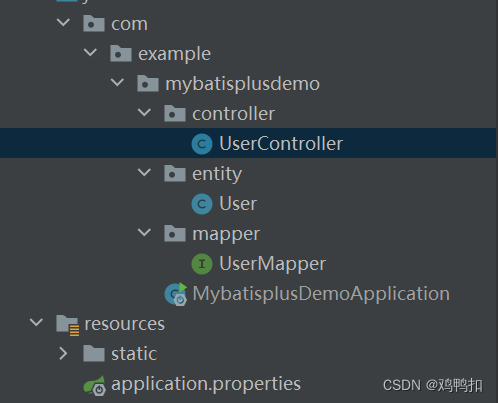
测试项目
启动项目后,浏览器打开localhost:8080/user网页,可以看到如下页面,即说明成功。
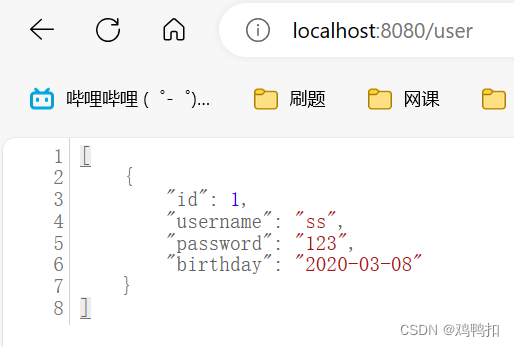
Mybatis快速上手之插入用户
修改mapper对象
在UserMapper中添加如下代码
//插入用户
@Insert("insert into user values (#{id},#{username},#{password},#{birthday})")
public int insert(User user);
其中虽然是用#{ }占位符传入的各个参数,但是因为方法的形参写了是User类型,那么mybatis就会自动做映射,将传入的各个参数封装成一个User对象。
同时注意,如果是这么写的话values里面需要包含该对象的所有属性。
修改controller方法
在UserController中添加如下代码
@PostMapping("/user")
public String save(User user){
int i = userMapper.insert(user);
if(i>0){
return "插入成功";
}else{
return "插入失败";
}
}
测试项目

打开apipost,发送请求,可以看到插入成功,即使我们没有传入id的值。这是因为数据库中id设置了自增,mybatis便自动帮我们传入了一个值。
MybatisPlus快速上手之替代上述Mybatis
修改mapper文件
直接将UserMapper改为以下代码:
@Mapper
public interface UserMapper extends BaseMapper<User> {
}
BaseMapper是个MybatisPlus提供的接口,用来简化刚刚如上我们在Mybatis中需要自己编写的一些常用Mapper映射方法。点击查看BaseMapper的源码,如下:
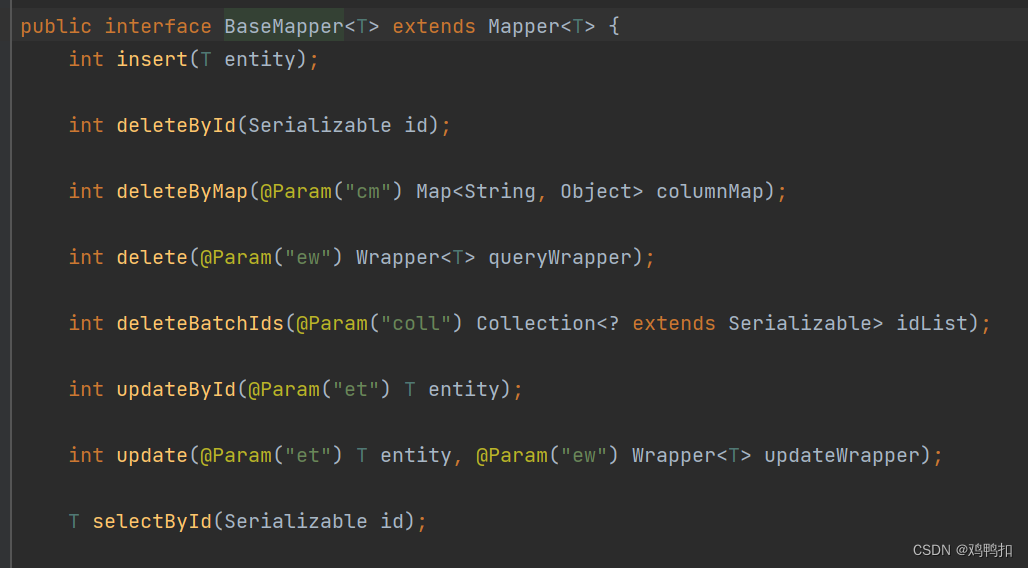
修改controller类
将@GetMapping的方法改成如下代码,因为BaseMapper中没有提供find的方法,但是提供了selectList方法,如果传入null,即查询所有。
@GetMapping("/user")
public List<User> query() {
List<User> list = userMapper.selectList(null);
return list;
}
而@PostMapping(“/user”)不用动,因为BaseMapper中有提供insert的方法。
MybatisPlus快速上手之特有功能
@Tablename
用来加在实体类上面,用在代码中实体类名和数据库中表名不一致的情况。
@TableId(type = IdType.AUTO)
用来加在实体类的某个字段上面,表示其在数据库中是自增的。
@TableField
用来加在实体类的某个字段上面,一般默认值为true,可以改为false,那么mybatisplus就知道该字段实际上不是数据库中真实存在的字段,不会去做该字段的映射了。


